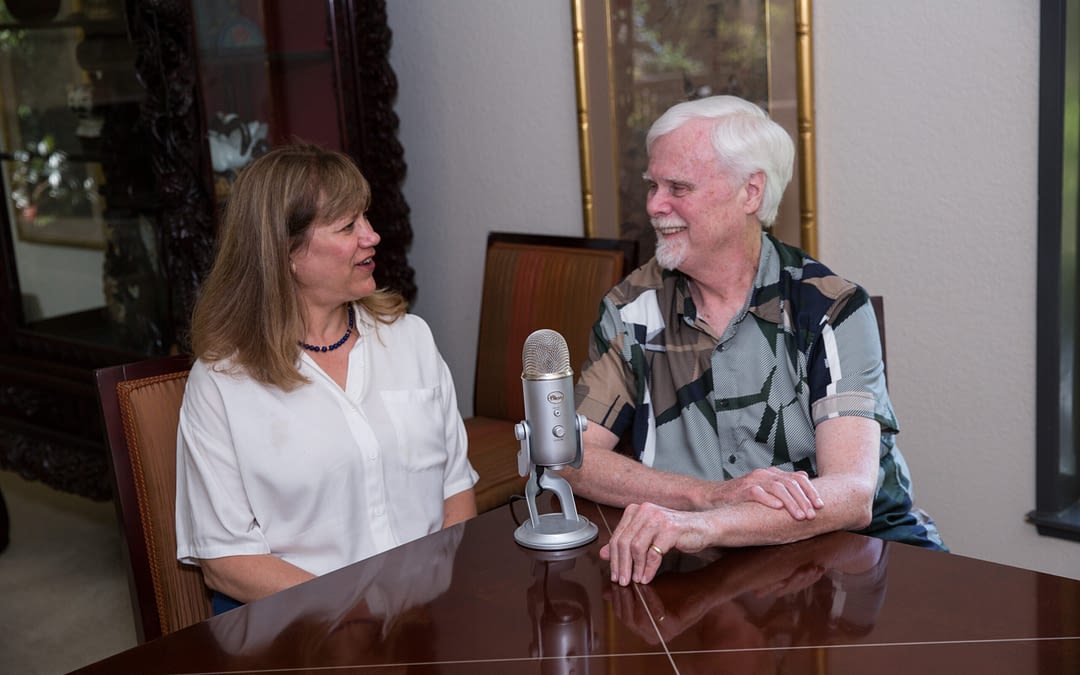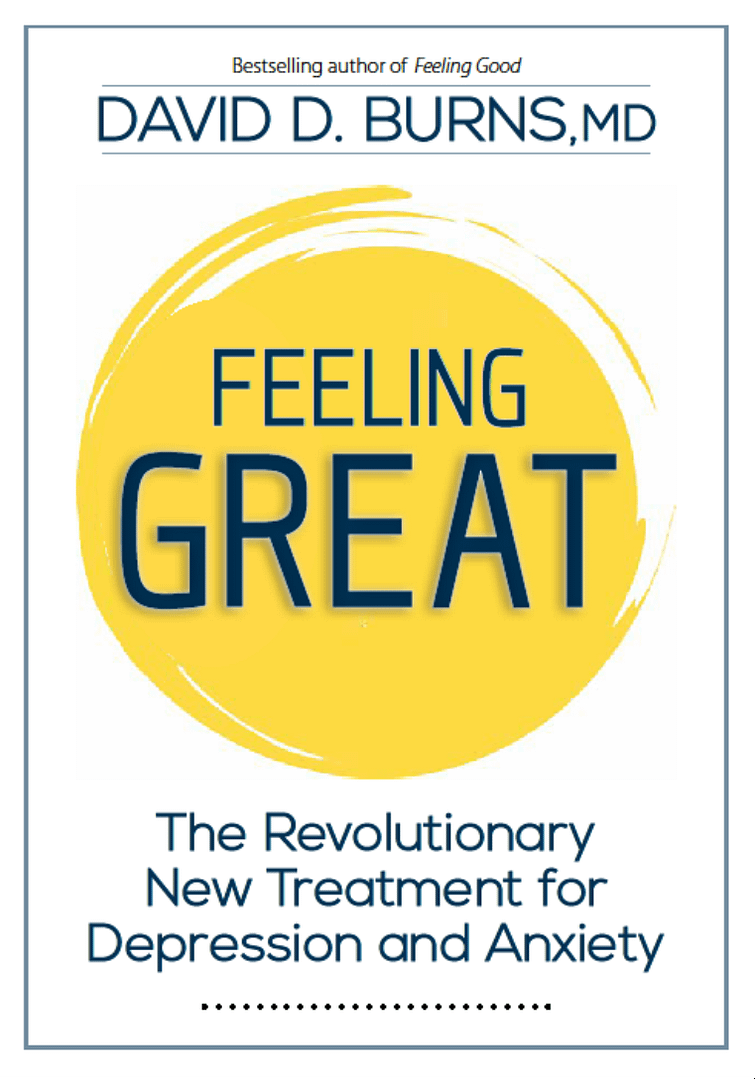Today, the Cognitive Distortion Starter Kit Continues with
Labeling
Rhonda begins by reading two beautiful, inspiring emails from listeners, and I give a brief shout out for my new book, Feeling Great, which can be pre-ordered on Amazon now (see below for the link). Rhonda and David begin with a brief overview of Labeling. There are two types of Labeling: Self-Labeling and Other-Labeling: Self-Labeling is where you attach a negative label to yourself, such as “I’m a loser,” or “I’m a failure.” Self-Labeling can be further divided into Labeling your role or Labeling your “self.” Here are some examples of Labeling your role: “I’m a bad father,” or “I’m a bad mother,” or “I’m a lousy teacher,” and so forth. Here are some examples of Labeling your “self:” “I’m a loser,” or “a failure,” or “worthless,” or “defective.” Other-labeling is exactly the same, except that it’s directed at some other person, as in “he’s a jerk,” or “she’s a loser.” Labeling can be extremely hurtful, causing intense depression and anxiety, as well as anger, hatred and rage. However, labeling is a distortion, because a human being cannot be captured by a label. Humans are more like rivers that flow–in this direction and that direction, without a specific “shape.” We have many, many dimensions, perhaps an infinite number! Many techniques can be helpful for Labeling, but it is always necessary to use any technique in the context of working systematically with the TEAM model, and doing great T = Testing, E = Empathy and A = Assessment of Resistance before trying any M = Methods. It’s almost never a good idea to throw techniques at patients without these other vitally important steps first. And if you’re working on yourself, it will be vitally important to do the A step before the M step too! David and Rhonda illustrate two techniques that can be especially helpful for Labeling: Let’s Define Terms and Be Specific. They do a role play to bring the first technique to life, and play an actual recording of a portion of a TEAM session to bring the second technique to life. We are nearing the end of the distortion series, but still have three hugely important distortions to discuss:- Emotional Reasoning
- Should Statements
- Blame



